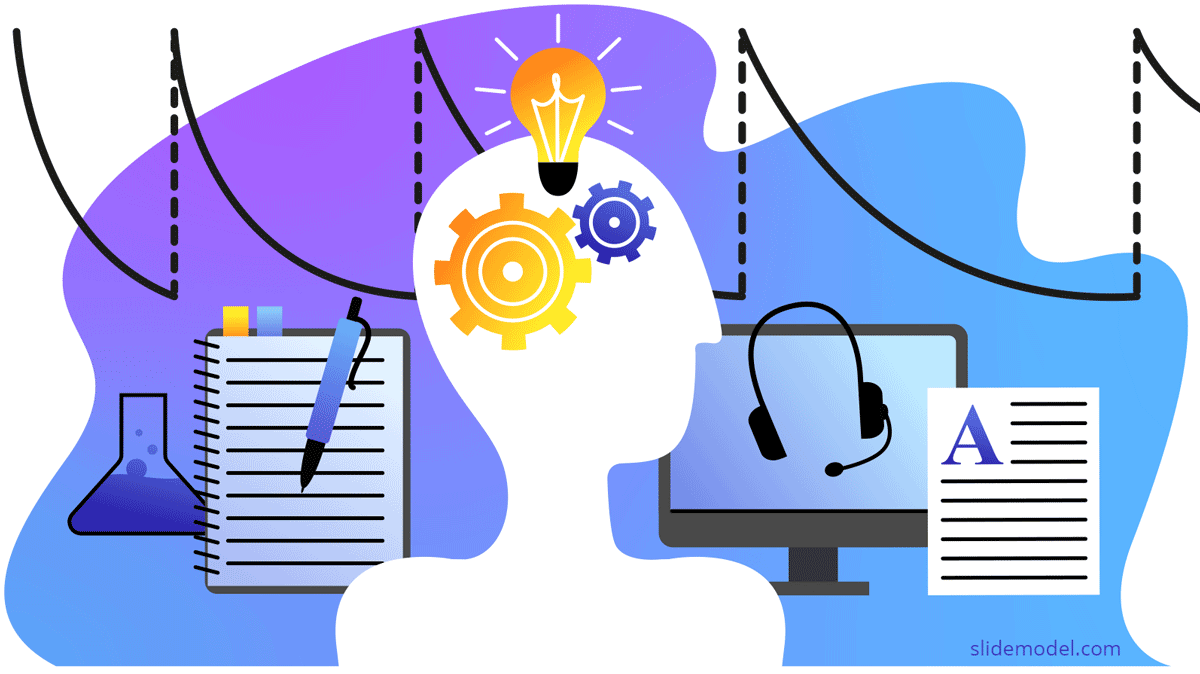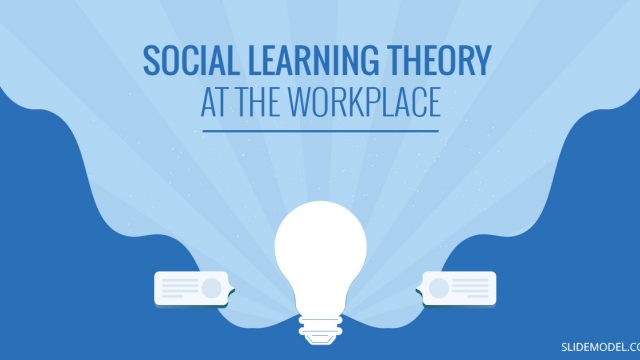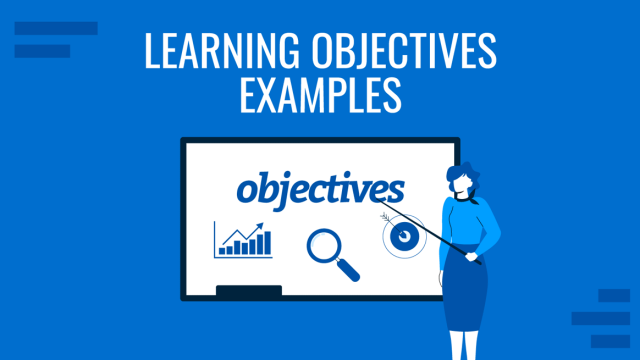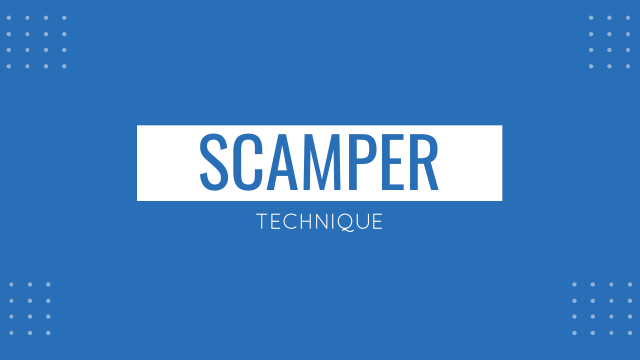
You might have prepared for an exam just the day before the test or perhaps resorted to skimming through literature, to soak up large volumes of information a few hours before the test. Many people also use this method for job interviews and just before a presentation or speech to get their facts right. This method, called cramming isn’t the best way to learn. In fact, it has been proven through various studies that cramming isn’t all that great for long-term learning. What you might be better off using instead is the ‘Spacing Effect’. Let us show you how to use the Spacing Effect to enhance long-term learning.
What is Spacing Effect?
A German psychologist, Hermann Ebbinghaus published a study in 1885, titled Memory: A Contribution to Experimental Psychology. In this study, he explained the Spacing Effect, which demonstrates that spacing out learning sessions can help encode more information into your long-term memory. This concept has been backed by studies based on memory and recall that consist of decades of research.
How to Boost Memory and Improve Learning with Spacing Effect
While it might seem easy enough to incorporate spaced sessions in your routine to enhance learning; things aren’t as simple as they might seem at a glance. The basics of spaced learning is to take the required information and repeat it with increasing sessions. Information that is easier to recall is spaced across wider intervals, whereas information that is hard to recall is spaced across shorter intervals.
There are various theories that can help you understand the Spacing Effect and how to best use it. Let’s dig a little deeper into the Spacing Effect to help you understand how to best use spacing in your learning sessions for boosting long-term memory.
Spacing Effect and Consolidation Theory
The consolidation theory is a good way of looking at how Spacing Effect works. The theory explains the process of the formation of long-term memory over time. The consolidation theory implies that the repetition of items is noticed by people and leads to the creation of another representation of the item once it is encountered again. This occurs as nerve impulses strengthen along pathways that have been used previously. This is called potentiation.
In simple terms, if a mouse is placed in water and it swims its way out to a platform, repeating the same process over time will enable the mouse to find the platform quicker. In layman’s terms, learning through spaced sessions over a period of time can help you better retain information.
Spacing Effect and Deficient Processing Theory
Deficient processing references to the difference between recognizing a task and performing it. For example, you might see someone bake a cake, however, this does not mean that you will be able to bake a cake without hands on training. Therefore, recognition training undertaken prior to acquisition training is better for motor performance. This means that if a person has previously seen and recognized a task, this will make it easier to imitate the task, as compared to undertaking the task without any previous observation. Hence, people pay more attention when there are spaced repetitions.
Spacing Effect and Encoding Variability Theory
The encoding variability theory suggests that memory test performance is determined by the overlap between the contextual information during encoding and the contextual information presented during the test. The theory implies that a larger variety of information can be stored by using spaced presentations.
Spacing Effect and Study-Phase Retrieval Theory
The Study-Phase Retrieval Theory suggests that people notice when there is repetition of items and retrieve the older presentation from an item when they see it again. In other words, the first presentation is retrieved when we see the same for the second time. This leads to an elaboration of the first presentation, leading to improved memory recall.
A Brief Overview of the Spacing Effect
The video below provides a brief overview of the Spacing Effect.
Spacing Effect and Other Memory Associated Learning Concepts
In order to improve memory, you can also look at various other theories to help you boost memory and improve your long-term learning capability. The concept of Gap Learning Effects aligns with these theories by emphasizing the importance of strategically spaced learning gaps to enhance retention and understanding over time. This effect, similar to the Spacing Effect, involves planning gaps between study sessions to allow information consolidation, leading to improved long-term recall.
Zeigarnik Effect
The Zeigarnik Effect is quite similar in theory to the Spacing Effect. It suggests that interrupted tasks are better remembered by people. While you might consider this a bit absurd at first, a simple observation of the television industry can help you understand the Zeigarnik Effect. TV shows are often left at a cliffhanger at the end of a season to help motivate people to wait for the next season. The same strategy is used in video games, advertisements and other mediums.
Sometimes when advertisers want the consumer to look forward to an upcoming product or discount, they start by showing teasers of the product. These teasers later on reveal more information about the product, until just before the final day of the product launch or discount, the advertisement reveals the fine details of the product or discount.
Using the Zeigarnik Effect in learning can help you improve learning and even make you a better presenter.
Testing Effect
According to the Testing Effect, long-term memory can be increased when some of the time spent on learning is used for retrieving the information you are trying to remember. A study by Carrier and Pashler in 1992 showed that learners who spent their time testing their knowledge during preparation recalled more information later on as compared to the ones who tried to simply study the entire information without periodically testing their knowledge.
Different Types of Memory Bias
Various memory associated concepts fall under the umbrella of memory bias. Memory bias in psychology is a cognitive bias that can either lead to enhancing or impairing memory recall. There are many different types of memory biases. One memory bias is Boundary Extension, which occurs when people remember more details in an image than was originally present within the picture. Similarly, Childhood Amnesia is the inability of adults to remember many memories before the age of two to four. Another form of memory bias is Confirmation Bias, which is the tendency to confirm memory according to one’s belief or hypothesis.
Zeigarnik Effect, Testing Effect and Spacing Effect too are forms of memory bias, which can help enhance memory, unlike the previously given examples of memory bias. Similarly, the Von Restorff Effect suggests that items that are different during multiple homogenous stimuli stand out and are better remembered. This is also called the Isolation Effect.
Another very interesting memory bias is called Suggestibility. This is a misattribution where a suggested idea can result in a false memory. Likewise, the Telescoping Effect is a memory bias where there is a tendency to view recent events remotely and remote events recently by displacing recent events backward and remote events forward in time. A lot of the memory bias is also attributed to modern lifestyle, such as Source Confusion. This memory bias results in misattributing the memory source. For example, you might consider something that you saw on TV as an actual memory.
Final Words
The Spacing Effect is a cognitive phenomenon which over the decades has proven to be effective in improving long-term learning. Practical application of the Spacing Effect is not only limited to educational purposes, as the Spacing Effect is all around us. In advertising, it has been proven that spaced ads shown at an interval stick better with consumers as compared to mass repetition. You might have seen an advertisement several times but not really registered the context as it keeps playing over and over again. In fact, mass repetition has become so obsolete that many times we come across the same ad several times; not even recognizing the brand or product as our minds filter out the content. On the contrary, spaced ads have the tendency to better deliver a message as they tend to stand out. The Spacing Effect affects virtually all forms of marketing and advertising. For example, a website visitor that is frequent can end up losing interest in the content, as compared to a visitor that spaces out visits. This can be used by the sales team to show the visitor different types of ads or content as per need. Such as in the case of a home shopping website, the pop-up ads or suggested products can be periodically changed to keep visitors more interested in the website and products on sale.
The Spacing Effect not only helps us learn in a more robust manner but is arguably a more relaxing learning technique than cramming. To have a deeper understanding of the phenomenon one can dwell deeper into the different types of memory biases, since the Spacing Effect itself is a memory bias.
Understanding the Spacing Effect can help us not only improve our own long-term learning but also enable us to incorporate it at the workplace, in our daily lives and even to groom children in improving their ability to learn. Whether you’re a grocery store owner, a salesperson, a marketing manager, website developer, student, teacher or even someone running a YouTube channel; you can effectively incorporate Spacing Effect in your work to achieve better results.


